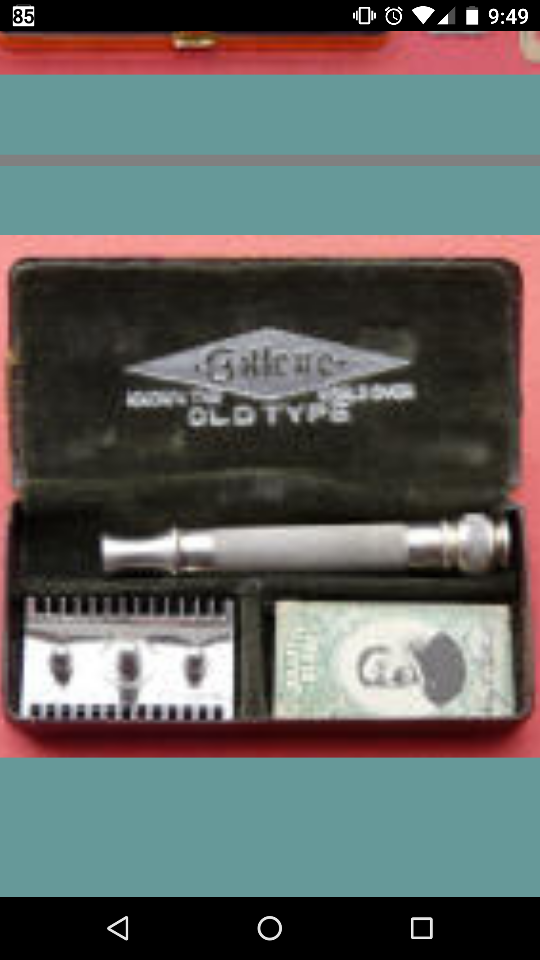Thank you. I just picked them up over the past few months and haven't gotten to try them. How do they shave compared to a 1932 Goodwill? I wanted to like it, but found it too aggressive for my taste. maybe I should have tried longer.
None of those you refer to are very aggressive, especially compared to many modern razors, you'll have to try them and see how they work for you.





